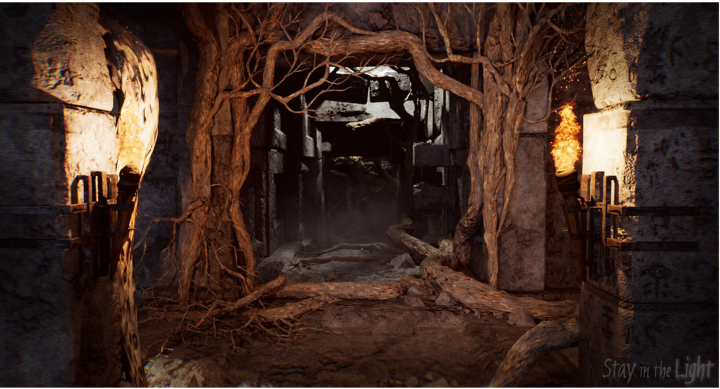 |
Nvidia launched the DXR Spotlight contest this spring with Epic and Microsoft and has just announced a trio of winners.
The DXR Spotlight contest, an offshoot of the Nvidia Indie Spotlight Program, invited game developers and content creators to build tech demos using Nvidia’s RTX AIBs, Unreal Engine 4.22, Microsoft DirectX 12 and DirectX Ray tracing and any combination of real-time ray traced reflections, shadows, and global illumination.
Game publishers are using real-time ray tracing for their biggest game franchises and AAA games. But the quality of the entries in this contest illustrates that anyone, big or small, can master the art of real-time ray tracing.
The contest drew dozens of entries and Nvidia just announced the three winners of the contest:
- Christian Hecht with Attack from Outer Space
- Attack from Outer Space recreates the look of classic 1950s sci-fi films by using ray traced reflections, shadows, and ambient illumination—all in real-time—to deliver a truly nostalgic feel to this giant robot invasion.
- Opus Visual with LP Trailer
- LP Trailer allows you to drive your big rig around a truck yard and uses ray traced reflections and ambient occlusion to deliver life-like lighting.
- Alden Fillion with Diode
- Diode lets you infiltrate a castle with a futuristic knight battling the forces of evil. The demo uses real-time ray traced reflections to achieve stunning results.
The three winners received a Nvidia Titan RTX GPU.
Even more impressive are a couple of games made by a single person.
Richard Cowgill of Sunside Games, a one-man indie developer made, Stay in the Light, which was released in early June 2019.
Stay in the Light is unique for a lot of reasons. In it, the player is hunted by “Him,” a creature lurking in a mysterious dungeon. With only a few items—a mirror, chalk and a torch—the player must survive and avoid Him. There are treasures to be found, puzzles to solve, and clues to uncover.
 |
The game has a random dungeon generator so every time you play it, you’re in a new dungeon. It’s hours of endless replayability and spooky fun. The thing about Stay in the Light that Nvidia loves is that it requires ray tracing to play. Cowgill used a GeForce GTX 1080 Ti in the development process before he got a GeForce RTX. And he didn’t start on the game until Nvidia released their driver that enabled ray tracing on GeForce RTX cards in April.
Ray tracing is also used for shadows, a critical component for setting the mood in any horror scenario. It’s also used for reflections, and in the case of Stay in the Light reflections are come in especially handy for one of the critical tools the player has to have for survival, the mirror. The mirror reflects things behind the player with pixel-perfect accuracy. So the player can keep an eye out for Him as one makes their way through the dungeon.
Another almost one-man game is Bright Memory. Started by Zeng Xiancheng in China who worked on it in his spare time, Epic noticed his work and awarded him an Unreal Dev Grant, allowing Xiancheng to finally have a budget.
 |
Bright Memory launched on Steam Early Access in early January and so far, the reception has been great with an average 93% for positive reviews. And according to Alessio Palumbo at Wccftech, the game sold so well that an upgraded version titled Bright Memory: Infinite is now under development with major improvements planned across the board, as well as console releases planned for a later date.
Thanks to the work Nvidia has done working directly with game developers, real-time ray tracing is being increasingly used in new games. So far, Nvidia GeForce RTX GPUs are the only GPUs capable of rendering games with real-time ray tracing but we expect the trend to keep growing and then it will really get interesting.